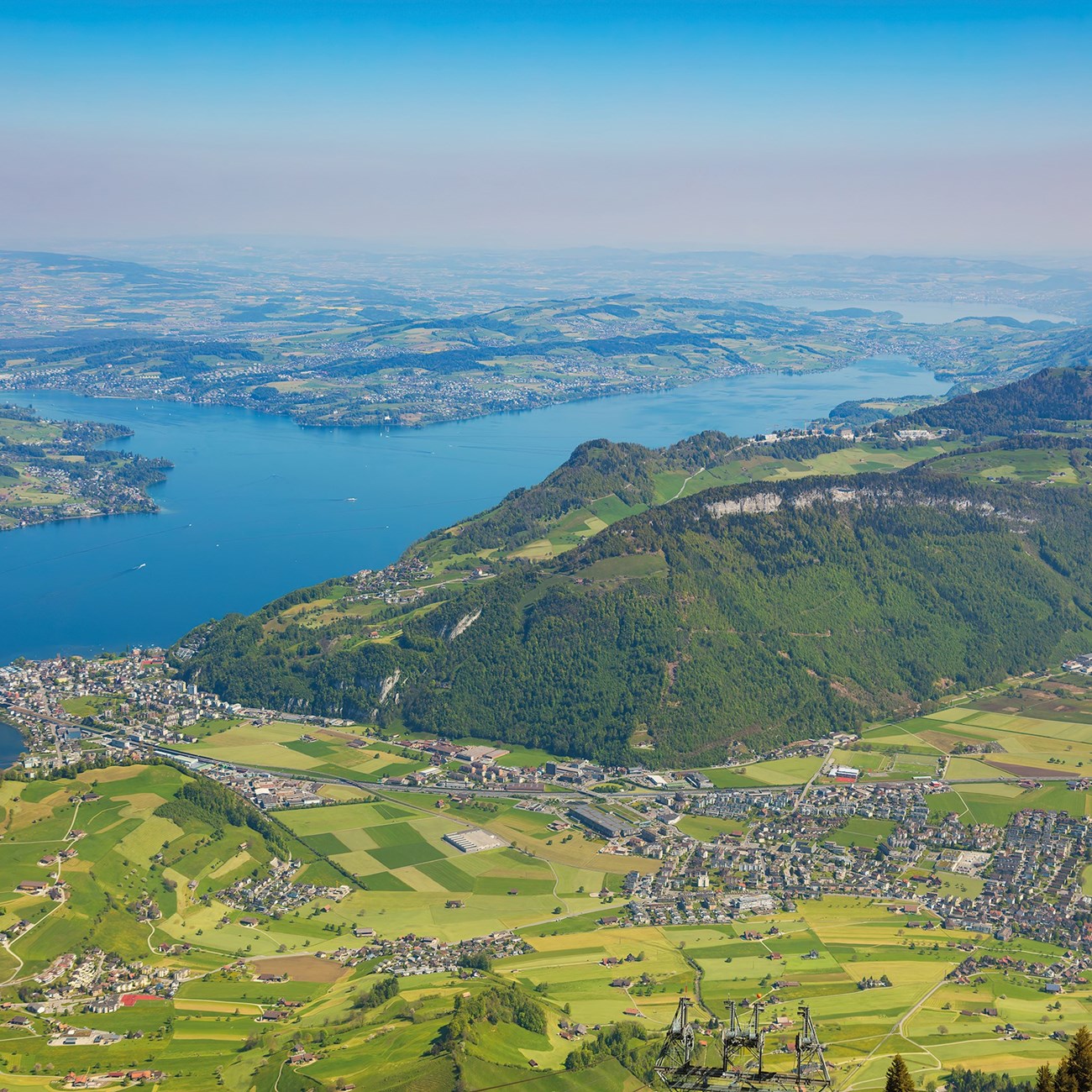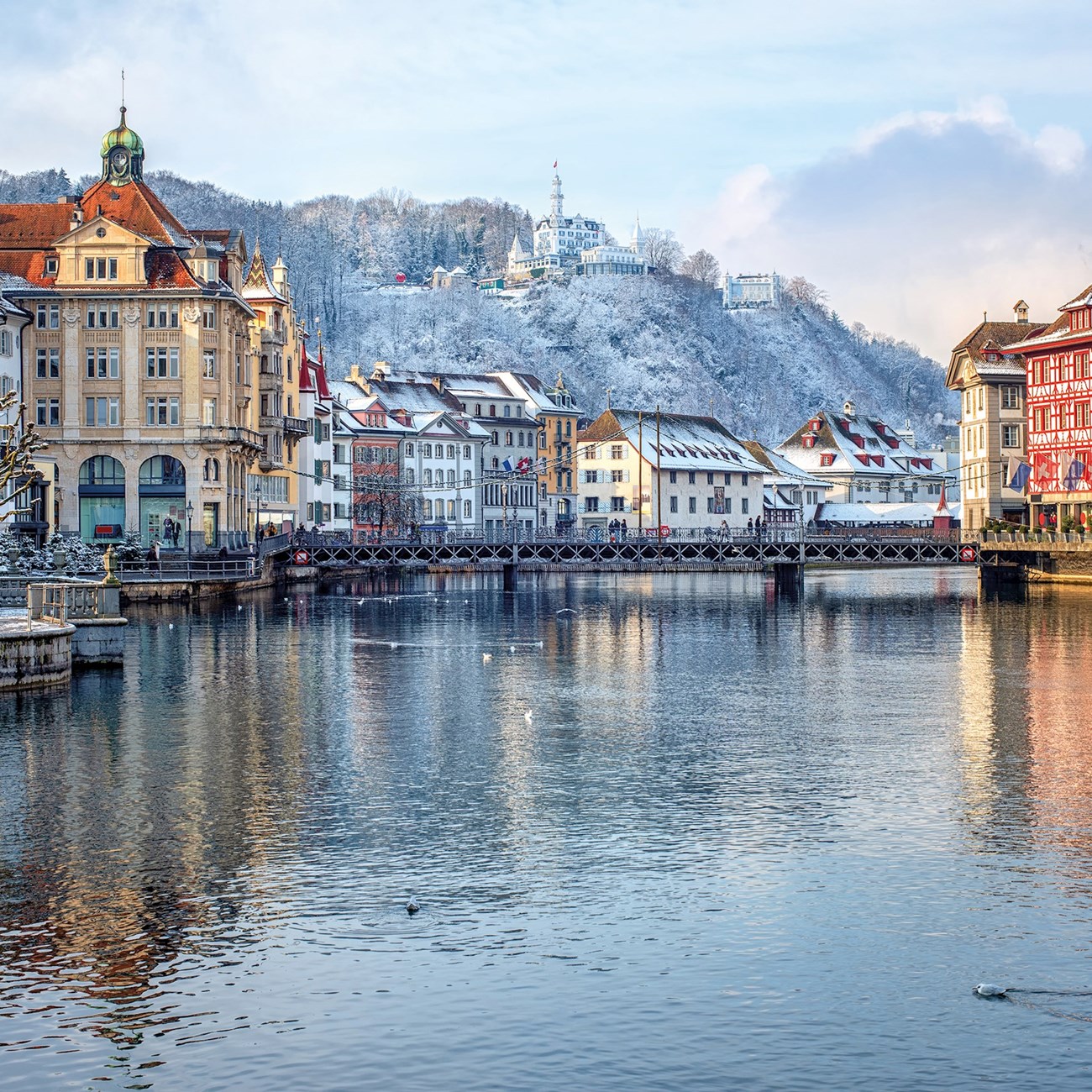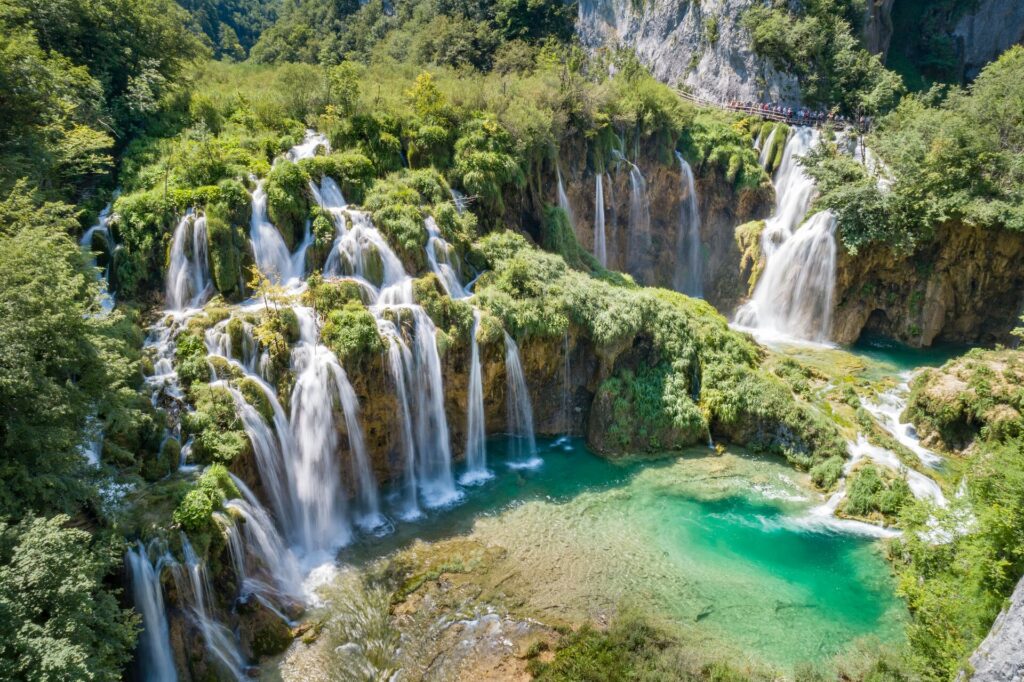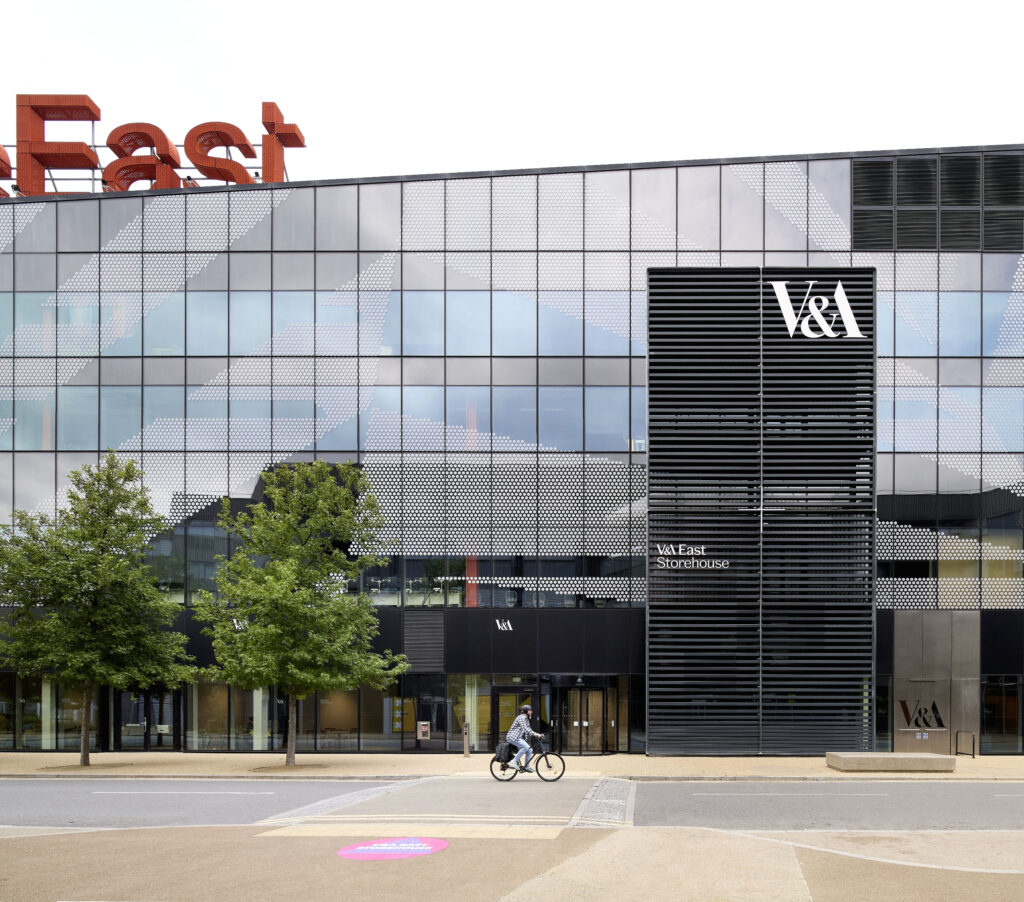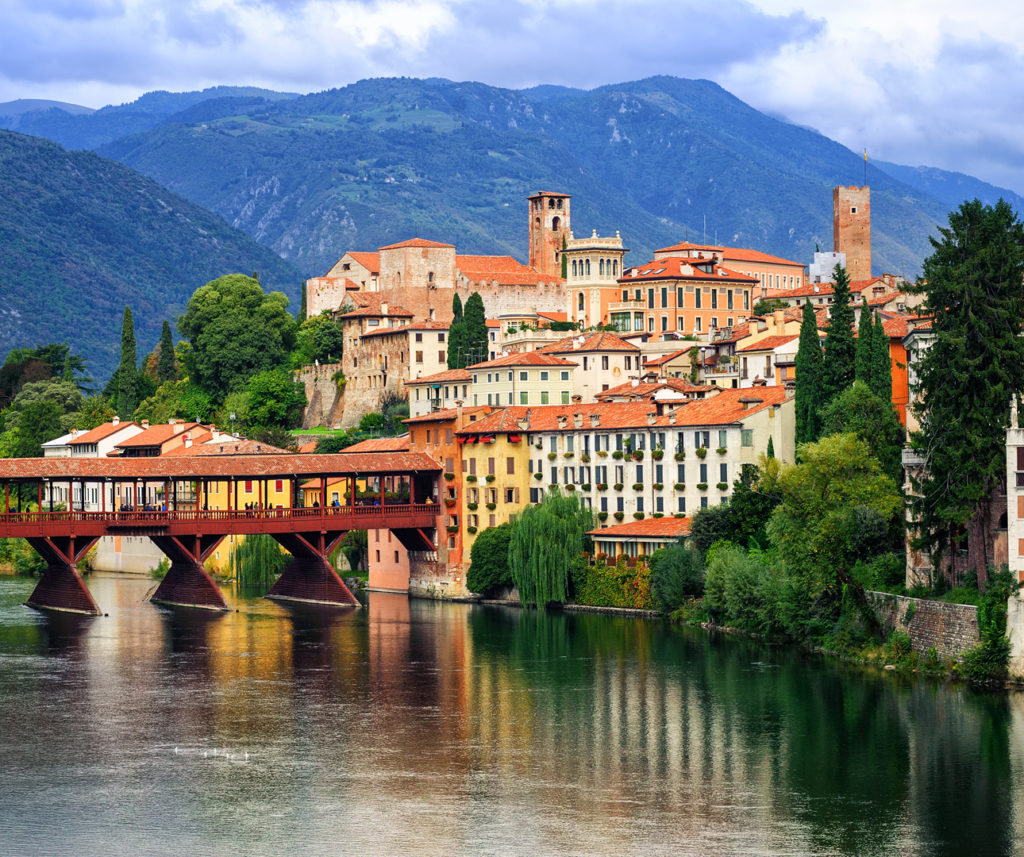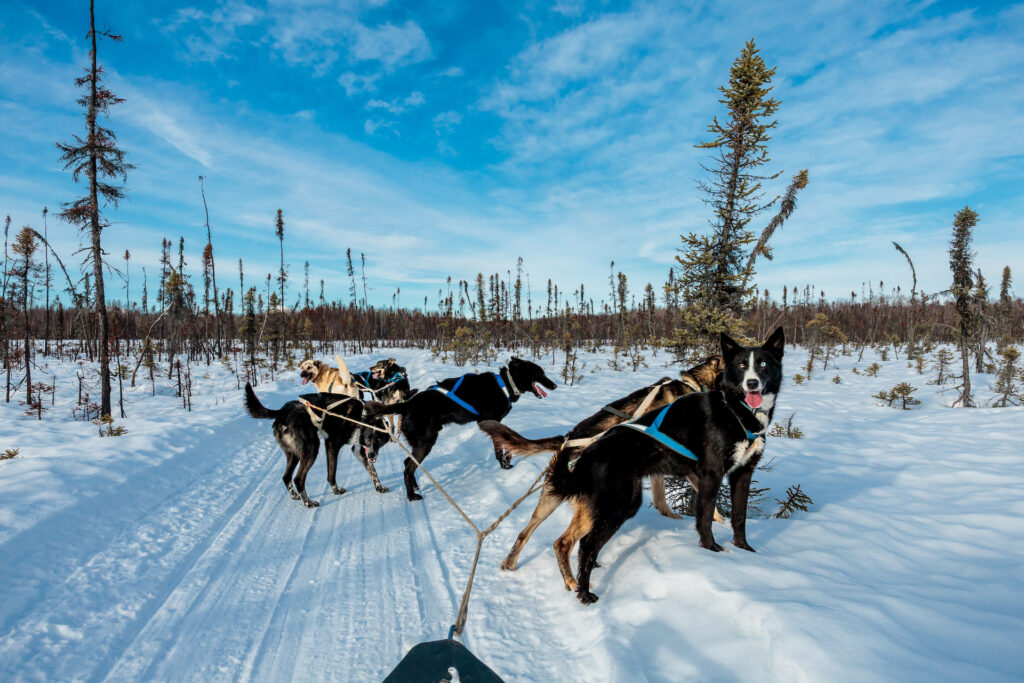7 fascinating facts about Switzerland's world famous Glacier Express
When is the Best Time to Visit Switzerland?
Known for its sensational landscapes, stylish cities and world-famous ski resorts, Switzerland is an attractive year-round destination. Each season brings its unique charm and activities, making it essential to choose the best time to visit based on your interests. From hiking the Alps to enjoying the wine harvest, to help you out we’ve put together a guide to visiting Switzerland in spring, summer, fall and winter.
For travel inspiration: Switzerland guided tours
Spring season (March to May)
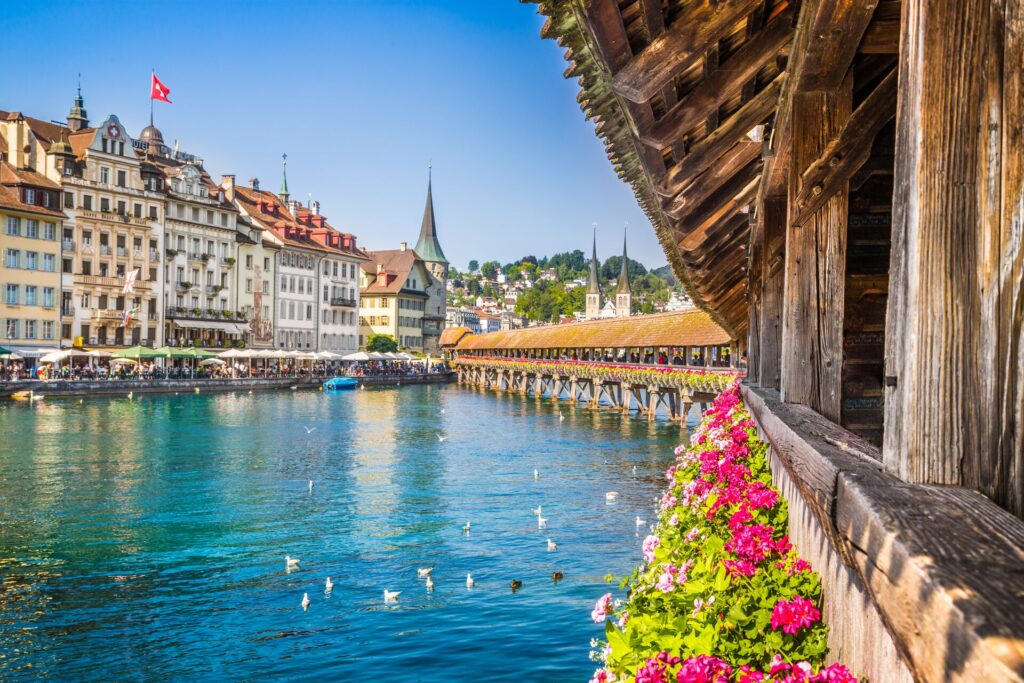
Spring is a great time of year to travel and the perfect time to visit Switzerland. Full of renewed life and vigor, landscapes come to life as the snow melts away from the lowlands. You’ll still enjoy a picture-perfect snowcapped backdrop to your travels.
With temperatures gradually rising from around 41°F (5°C) in March to 59°F (15°C) in May, be prepared for both sunshine and showers. Spring is ideal for hiking as trails become accessible and dotted with wildflowers. The Jura Mountains and the Pre-Alps are favorites for walkers, with many campsites offering pitches with a view. Or head to Interlaken, the gateway to the Jungfrau region blessed with spectacular lakes. The perfect location for early-season hiking and enjoying the views of the Eiger, Mönch and Jungfrau mountains.
Spring is also considered the best time to visit Switzerland’s grand cities including Zurich, Lucerne, and Geneva, with more favorable prices and fewer tourists. Stroll along the beautiful Lake Lucerne and explore the historic Old Town. Experience local culture with events like Sechseläuten in Zurich, a traditional spring festival. Walk the lakeside promenades of Montreux or shop till you drop for those designer items in Geneva.
Summer (June to August)
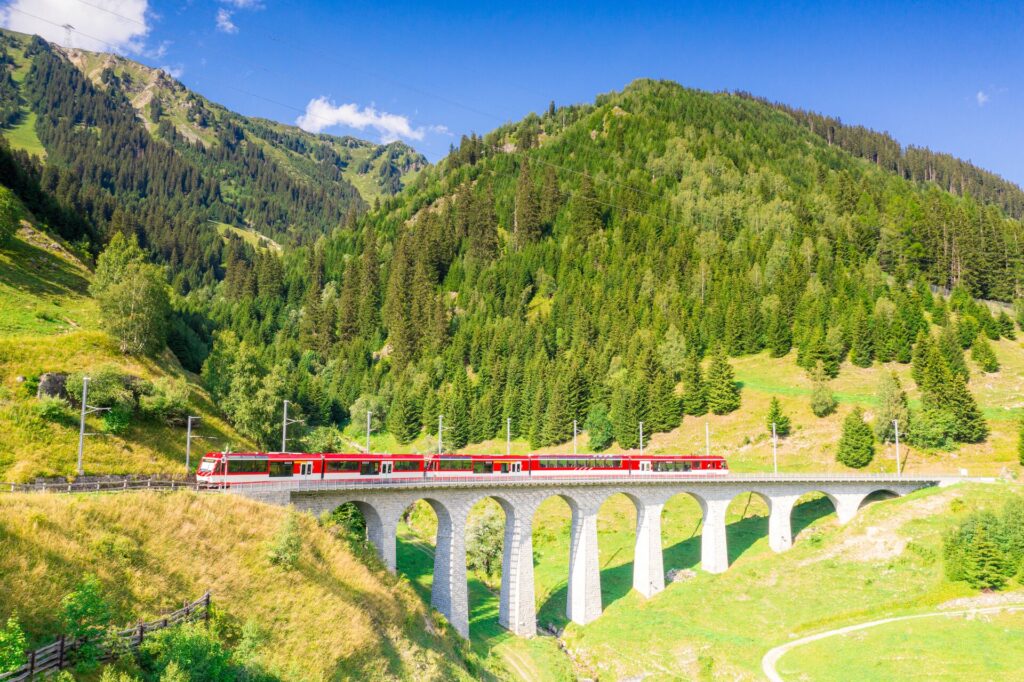
Depending on your altitude, summer temperatures range from 64°F to 82°F (18°C to 28°C), making it the warmest and most popular time to visit. The days are long giving you plenty of time to enjoy outdoor activities. You can also attend the world-famous Montreux Jazz Festival in July and celebrate Swiss National Day on August 1st with fireworks and festivities.
If you love hiking, swimming and paddle boarding, summer is considered to be the best time to visit Switzerland. There’s no shortage of wild lakes and rivers, big and small throughout Switzerland so it comes as no surprise that everyone is out on the water. Lake Geneva, Lake Zurich and Lake Thun are particularly appealing. With extensive trails, summer is ideal for hiking and mountain biking in areas like the Swiss National Park and the Bernese Oberland.
An unforgettable (and sustainable) way to see Switzerland is it take advantage of its superior rail network. Take a rail journey with air-conditioned carriages with huge widows for panoramic views. The world-renowned Glacier Express should be on every traveler’s bucket list as the most spectacular way to weave through sensational alpine scenery. Discover this on: Country Roads of Switzerland
Autumn shoulder season (September to November)
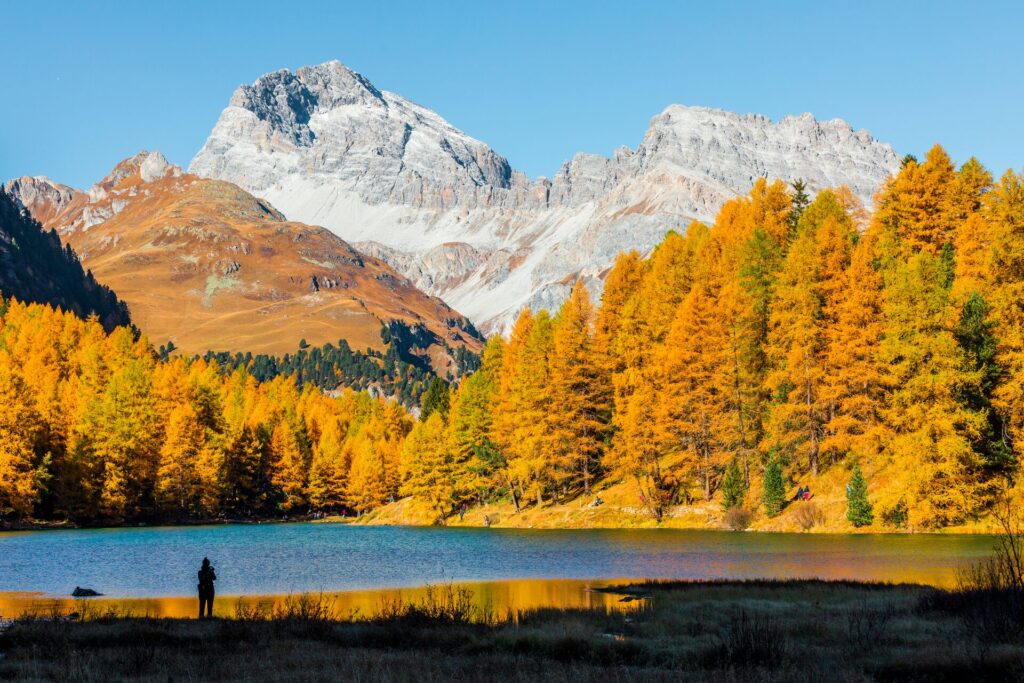
With the arrival of fall in Switzerland, a season of celebration, the grape harvest, wine festivals and a bounty of produce awaits. Experience local traditions with events like the Autumn Festival in Lugano, the Italian-speaking part of Switzerland, and the Grape Harvest Festival in Neuchâtel. There are even cow festivals to keep you entertained.
Fewer crowds and pleasant temperatures combined with foliage turning vibrant shades of red, orange and yellow make this the best time to visit Switzerland if you love a more tranquil break. Autumn brings cooler temperatures, ranging from 50°F to 59°F (10°C to 15°C) in September to 36°F to 46°F (2°C to 8°C) in November, so time to break out those warmer coats and colors.
Pay a visit to the vineyards of the Lavaux region and enjoy wine tasting. This picturesque UNESCO World Heritage site sees fields of vines stacked on the banks of Lake Geneva. In fall the weather remains pleasant for hiking, with trails less crowded than in summer – the Engadine Valley is particularly beautiful in autumn. If you are not familiar with Swiss wines then we recommend the 2018 Heida Barrique from Valais’ St. Jodern Kellerei winery and the 2018 Gentil Premier Cru, from Domaine Les Hutins in Geneva. According to the Decanter World Wine Awards, these are two of the best wines in the country.
With the sounds of cow bells ringing out over the mountains “alpabzug” or “désalpe”, the return of the cows from their alpine pastures, is quite a sight. This centuries old tradition is celebrated across much of Switzerland between mid-September and mid-October, with cattle fairs, wine festivals and cheese festivals. Particularly impressive are the désalpe in Saint-Cergue, where around 700 cows, goats, donkeys and dogs walk with their shepherds through the village center.
Save up to $3,000* per couple on your first Premium Tour
Plus receive latest offers, travel inspiration, and discover how your travels will make a positive impact. Together, WE MAKE TRAVEL MATTER®. Subscribe NowWinter (December to February)
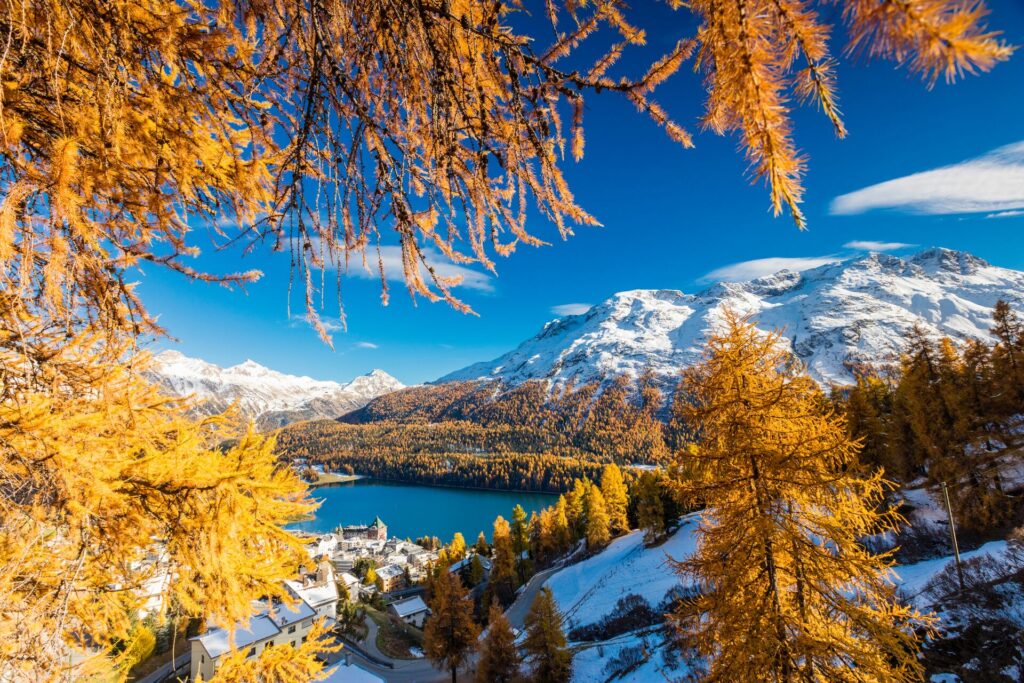
Winter in Switzerland needs little introduction. Home to some of the world’s most famous, and exclusive, ski resorts including Zermatt, Verbier, St. Moritz and Davos amongst them, it’s a world-class destination for skiing and snowboarding. Sensational mountains brim with charming villages and apres-ski. Fondue, tartiflette and hot chocolate reign in the eateries.
Winter temperatures range from 28°F to 39°F (-2°C to 4°C) in the lowlands, with much colder temperatures in the mountains, snow is abundant, especially in the alpine regions. Enjoy the White Turf horse race in St Moritz on the frozen lake.
In the cities and towns, Christmas markets twinkle and entice. Experience the festive season at Christmas markets in cities like Zurich, Basel, Montreux and Lausanne. They often include traditional crafts such as candle dipping for the children to try. Artisan baked goods, handcrafted gifts, dried meats, gourmet cheeses, Christmas décor and lots of glühwein. Discover this on: Alpine Christmas Markets
The best time to visit Switzerland – a summary
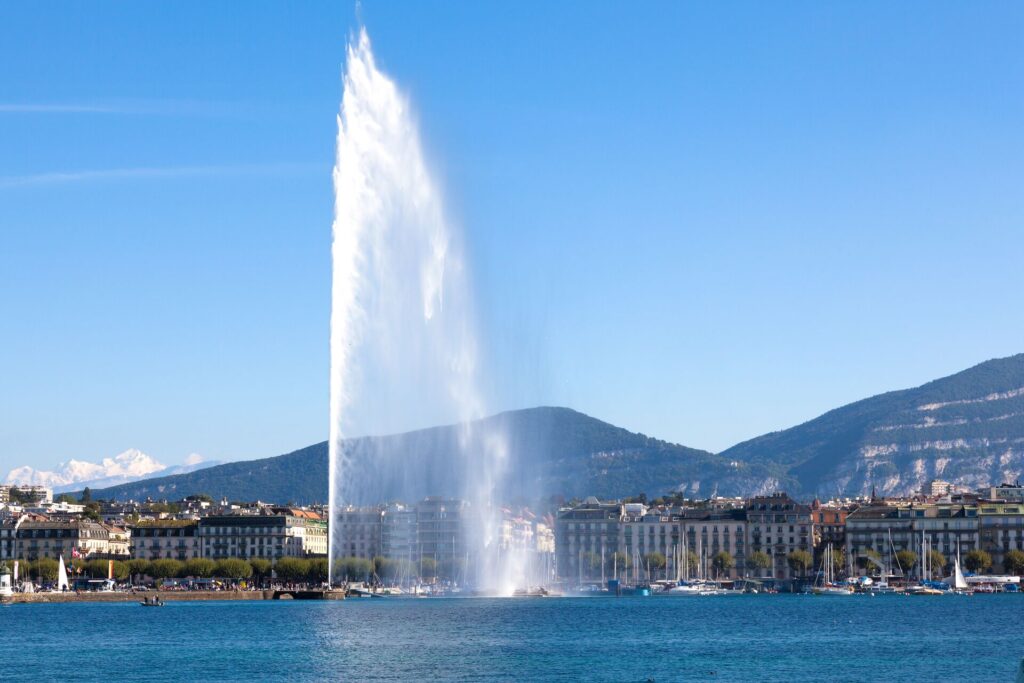
What is the best month to travel to Switzerland?
A great year round destination, the best month to travel to Switzerland will depend on how you like to spend your leisure time. March to May is springtime in Switzerland, ideal for those who enjoy mild weather, blooming flowers, and fewer crowds. Perfect for hiking and exploring Swiss cities. From June – August, summer is the peak season for outdoor activities, festivals, and enjoying Switzerland’s lakes. Best for hiking, biking and water sports. The fall months of August to November are great for wine enthusiasts, with fewer tourists and beautiful fall foliage. Autumn is also excellent for hiking and cultural festivals.December to April is the perfect time for winter sports enthusiasts when Switzerland turns into an alpine playground for skiing, snowboarding and winter hikes. You can also enjoy charming Christmas markets, bringing out the best of the festive season.
How many days is enough for Switzerland?
To explore Switzerland effectively, a trip of around 7 to 10 days is recommended. This duration allows you to visit major cities like Zurich, Lucerne and Geneva, while also enjoying the stunning landscapes of the Swiss Alps. Consider dedicating a few days to hiking or skiing, depending on the season, as well as exploring picturesque towns such as Interlaken and Zermatt. If you wish to enjoy a more leisurely pace or delve deeper into specific regions, extending your stay to 10 to 14 days would provide a more immersive experience.
To enjoy the beauty and intrigue of this Alpine nation, take a look at our collection of premium tours to Switzerland.
LIKED THIS POST? SHARE WITH YOUR COMMUNITY
